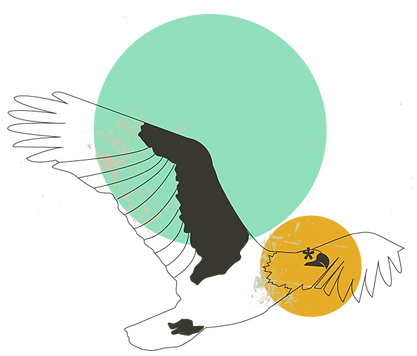
BATU CAVES
The Batu Caves are a collection of caves, some of which have been converted into temples, in a limestone hill 10 kilometers north of Kuala Lumpur in Malaysia. These caves are the largest Hindu sanctuary outside of India.
Dedicated to Murugan (Karttikeya), these shrines are among the most popular outside of India. This is the gathering point at the big Hindu festival of Thaipusam in Malaysia.
Batu's name comes from the nearby Batu River and Batu Village.
The limestone of Batu Mountain is 200 million years old.
The main cave consists of a gigantic corridor of about 100 meters long, 30 meters wide and 100 meters high ending in an avenue of 50 meters in diameter and 200 meters deep.


Rising nearly 100 meters above the ground, the religious complex formed by the Batu Caves consists of three main caves and several smaller ones. The largest, known as the "Cathedral Grotto" or "Temple Grotto", is 100 meters high, and boasts richly decorated Hindu shrines. To reach it, visitors have to climb a steep staircase of 272 steps.
At the base of the hill are two other caves built into temples, the "Cave of the Art Gallery" and the "Cave of the Museum", both filled with statues and Hindu paintings. This complex was renovated and opened under the name "Cave Villa" in 2008. Many shrines relate to Murugan's victory story (also known as Skanda or Kārttikeya). on the Surapadam daemon (or Surapadman). Visitors can visit with an audioguide.
The cave of Ramayana is quite to the left when you look at the sheer wall of the hill. Going towards the Ramayana Cave is a 15-meter high Hanuman murti and a temple dedicated to Hanuman, the noble monkey who faithfully assisted Rama in her quest to reclaim Sita. The dedication ceremony of the temple took place in November 2001.
The cave of Ramayana tells in a pictorial form - very effectively - the story of Rama in the manner of a chronicle. It is well lit and allows the visitor to progress by looking at all the representations that appear on the irregular walls of the cave. One can feel there the impression that one advances in the giant guts of the powerful demon, Kumbhakaran (or Kumbhakarna), the brother of the king Rāvana de Lankā.
A statue of 42.7 meters high this Murugan was inaugurated in January 2006, after three years of work. It is the highest statue of Murugan in the world.









Back




